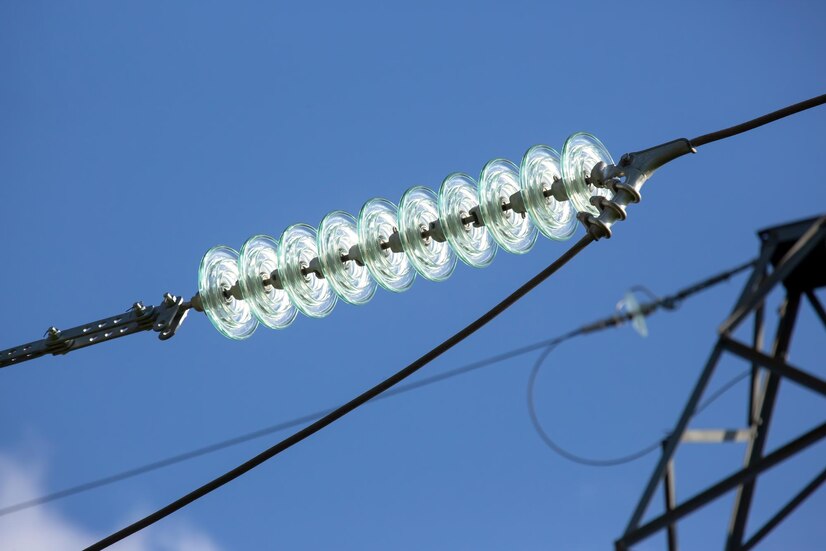Con cuanto se mega un cable de 18 kv When working with electrical systems, particularly high-voltage setups, it’s critical to understand how much current or power a cable can handle and how to test its insulation quality effectively. A common inquiry for professionals in the field is, “Con cuánto se mega un cable de 18 KV?” This question is essential for ensuring the safety and efficiency of the system. In this article, we will delve into the specifics of high-voltage cable testing, including the tools, procedures, and best practices to ensure compliance with industry standards.
Understanding an 18 KV Cable
An 18 KV cable is a high-voltage cable commonly used in industrial and utility applications. These cables are designed to handle up to 18 kilovolts, making them suitable for transmitting electricity over long distances or powering heavy machinery. They consist of:
- Conductor: Usually made of copper or aluminum, which efficiently carries the electrical current.
- Insulation Layer: High-quality material like XLPE (cross-linked polyethylene) to prevent current leakage.
- Shielding: To protect against electromagnetic interference.
- Outer Sheath: A durable layer that guards against physical damage and environmental factors.
Why Is Testing High-Voltage Cables Necessary?
Testing ensures the cable’s integrity, safety, and performance under high-voltage conditions. It helps detect insulation faults, moisture ingress, or mechanical damage that could compromise the cable’s performance. For an 18 KV cable, proper testing is vital because:
- Faulty cables can lead to system failures.
- Testing prolongs the lifespan of the cable.
- It ensures compliance with safety standards.
Tools Required for Testing an 18 KV Cable
Testing an 18 KV cable typically requires specialized equipment. Here are some of the essential tools:
- Megger (Insulation Resistance Tester): A device used to measure insulation resistance.
- High-Potential (HiPot) Tester: Used to apply high voltage to the cable for detecting insulation weaknesses.
- Multimeter: For basic voltage and current measurements.
- Cable Fault Locator: To pinpoint the location of any damage or fault.
- Personal Protective Equipment (PPE): Such as insulated gloves, face shields, and protective clothing.
Steps to Test an 18 KV Cable
1. Preparation
Before testing, ensure the following:
- The area is clear of unnecessary personnel.
- Safety precautions, such as grounding, are in place.
2. Insulation Resistance Test
Using a megger, follow these steps:
- Set the megger to an appropriate test voltage. For an 18 KV cable, this is typically between 2.5 KV and 5 KV.
- Connect the megger leads to the conductor and the outer sheath.
- Record the insulation resistance value. A value above 1 GΩ (gigohm) is generally acceptable.
3. HiPot Test
This test applies a high voltage to assess the cable’s dielectric strength:
- Gradually increase the voltage to around 36 KV (double the cable’s operating voltage).
- Maintain the voltage for a specified duration (e.g., 5 minutes).
- Observe for any breakdowns or excessive leakage currents.
4. Partial Discharge Test
This advanced test identifies localized insulation weaknesses:
- Use specialized equipment to detect partial discharges.
- Address any issues to prevent future failures.
5. Documentation
Record all test results for future reference and compliance purposes con cuanto se mega un cable de 18 kv.
Factors Affecting Test Results
Several factors can influence the outcome of a cable test:
- Environmental Conditions: Humidity and temperature can affect insulation resistance.
- Cable Age: Older cables may show reduced insulation performance.
- Installation Quality: Poorly installed cables are more prone to faults.
- Testing Voltage: Using an incorrect voltage can yield inaccurate results.
Best Practices for Testing
- Always adhere to the manufacturer’s guidelines and industry standards.
- Conduct visual inspections before testing.
- Use calibrated equipment to ensure accurate readings.
- Retest periodically to monitor the cable’s condition over time.
Common Issues in 18 KV Cables
- Insulation Degradation: Caused by aging or environmental factors.
- Moisture Ingress: Leads to reduced insulation resistance.
- Mechanical Damage: From improper handling or installation.
- Electrical Stress: Due to overloading or transient voltages.
How to Address Cable Failures
- Repair: Minor damages can be fixed using heat-shrink tubing or other methods.
- Replacement: Severely damaged cables should be replaced.
- Preventative Measures: Regular maintenance and testing can prevent future issues.
Conclusion
Con cuanto se mega un cable de 18 kv to ensure its safety and reliability. By using tools like a megger and HiPot tester, adhering to industry standards, and following best practices, you can accurately assess the cable’s condition and mitigate potential risks. Regular testing not only extends the cable’s lifespan but also ensures optimal performance in high-voltage applications.
FAQs
1. What is the recommended test voltage for an 18 KV cable?
The test voltage typically ranges between 2.5 KV and 5 KV for insulation resistance tests and around 36 KV for HiPot tests.
2. How often should an 18 KV cable be tested?
Testing frequency depends on usage and environmental factors but is generally recommended annually or after major system changes.
3. What is a safe insulation resistance value for an 18 KV cable?
A value above 1 GΩ (gigohm) is considered safe for an 18 KV cable.
4. Can a damaged 18 KV cable be repaired?
Minor damages can be repaired, but severely compromised cables should be replaced to ensure safety.
5. What are the consequences of not testing high-voltage cables?
Failure to test can lead to system failures, safety hazards, and costly repairs due to undetected faults.






